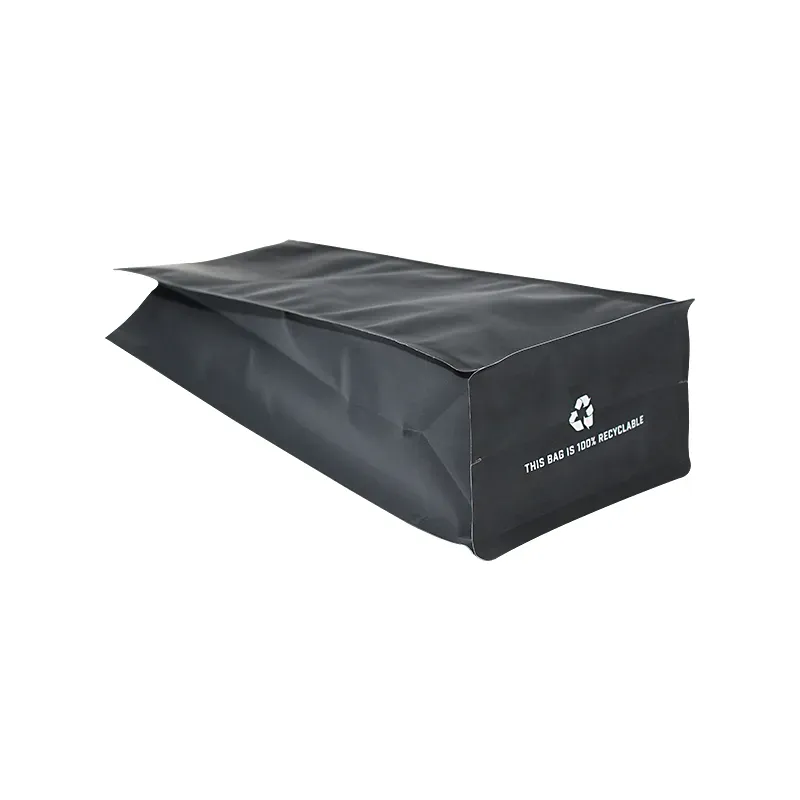- Afrikaans
- Albanian
- Amharic
- Arabic
- Armenian
- Azerbaijani
- Basque
- Belarusian
- Bengali
- Bosnian
- Bulgarian
- Catalan
- Cebuano
- chinese_simplified
- chinese_traditional
- Corsican
- Croatian
- Czech
- Danish
- Dutch
- English
- Esperanto
- Estonian
- Finnish
- French
- Frisian
- Galician
- Georgian
- German
- Greek
- Gujarati
- haitian_creole
- hausa
- hawaiian
- Hebrew
- Hindi
- Miao
- Hungarian
- Icelandic
- igbo
- Indonesian
- irish
- Italian
- Japanese
- Javanese
- Kannada
- kazakh
- Khmer
- Rwandese
- Korean
- Kurdish
- Kyrgyz
- Lao
- Latin
- Latvian
- Lithuanian
- Luxembourgish
- Macedonian
- Malgashi
- Malay
- Malayalam
- Maltese
- Maori
- Marathi
- Mongolian
- Myanmar
- Nepali
- Norwegian
- Norwegian
- Occitan
- Pashto
- Persian
- Polish
- Portuguese
- Punjabi
- Romanian
- Russian
- Samoan
- scottish-gaelic
- Serbian
- Sesotho
- Shona
- Sindhi
- Sinhala
- Slovak
- Slovenian
- Somali
- Spanish
- Sundanese
- Swahili
- Swedish
- Tagalog
- Tajik
- Tamil
- Tatar
- Telugu
- Thai
- Turkish
- Turkmen
- Ukrainian
- Urdu
- Uighur
- Uzbek
- Vietnamese
- Welsh
- Bantu
- Yiddish
- Yoruba
- Zulu
how to design packaging
How to Design Packaging A Comprehensive Guide
In today’s highly competitive market, effective packaging design plays a critical role in the success of a product. It serves not only to protect the product but also to attract customers and communicate the brand’s message. Here we explore the steps and considerations involved in creating effective packaging designs that resonate with consumers.
1. Understand Your Product and Audience
The first step in designing packaging is to have a clear understanding of the product and its intended audience. What are the product’s unique selling points? Who are the target customers? For instance, packaging for a luxury skincare line will differ significantly from that of a budget-friendly alternative. Consider the demographics, preferences, and behaviors of your target audience. Conducting market research will help you identify their needs and expectations from the packaging.
2. Define Your Brand Identity
Your packaging should reflect your brand identity. Think about the colors, typography, and overall aesthetic that represent your brand. For example, eco-friendly brands might use sustainable materials and earthy tones, while a tech company might favor sleek, modern designs. Ensure that your packaging not only stands out on the shelf but also aligns with your brand story and values.
The choice of materials impacts not just the aesthetic appeal of the packaging but also its functionality and sustainability. Consider the product’s requirements; it should be well-protected during transport and storage. At the same time, consider using eco-friendly materials that appeal to environmentally conscious consumers. Biodegradable, recyclable, or reusable materials can enhance your brand’s reputation and attract a wider audience.
4. Functionality is Key
While aesthetics are important, functionality must not be overlooked. Your packaging should be easy to open, reseal, and store. If customers struggle with complicated packaging, they may simply choose a competitor's product instead. Design with the user experience in mind, ensuring that the packaging serves its purpose while also being intuitive and user-friendly.
how to design packaging

5. Communicate Clearly
Effective packaging communicates essential information to the consumer. This includes not only the product name and brand logo but also ingredients, usage instructions, and any regulatory information if applicable. Ensure that the text is legible and presented in a clear hierarchy. Visual elements should complement the text and help convey the message effectively. Additionally, consider incorporating QR codes or links to digital content for more interactive experiences.
6. Focus on Visual Appeal
Visual elements of the packaging should be striking and engaging. Use colors, images, and typography that resonate with the target audience. Make sure that the design reflects the essence of the product and evokes the desired emotions. For instance, bright and playful graphics may work well for children’s products, whereas minimalistic designs might suit a more sophisticated audience.
7. Test and Iterate
Once you have a prototype, it’s important to test your packaging design. Gather feedback from potential customers to identify what works and what doesn’t. Are there elements that confuse or mislead? Does the packaging effectively convey the brand message? Use this feedback to make necessary adjustments. Remember, packaging design is an iterative process, and continuous improvement based on consumer feedback is key.
8. Stay Current with Trends
Packaging design is not static; it evolves with consumer trends and market demands. Stay informed about industry developments and popular design trends. Integrating current styles and innovations can make your packaging more relevant and appealing. However, be careful not to sacrifice your brand identity for the sake of fleeting trends.
In conclusion, effective packaging design requires a thoughtful approach that balances aesthetics, functionality, and brand identity. By understanding your product and audience, choosing the right materials, and focusing on clear communication and visual appeal, you can create packaging that not only protects your product but also enhances your brand’s presence in the market. Keep testing and iterating to refine your designs, ensuring they remain effective and engaging over time. With the right approach, your packaging can become a powerful marketing tool that drives sales and fosters customer loyalty.













